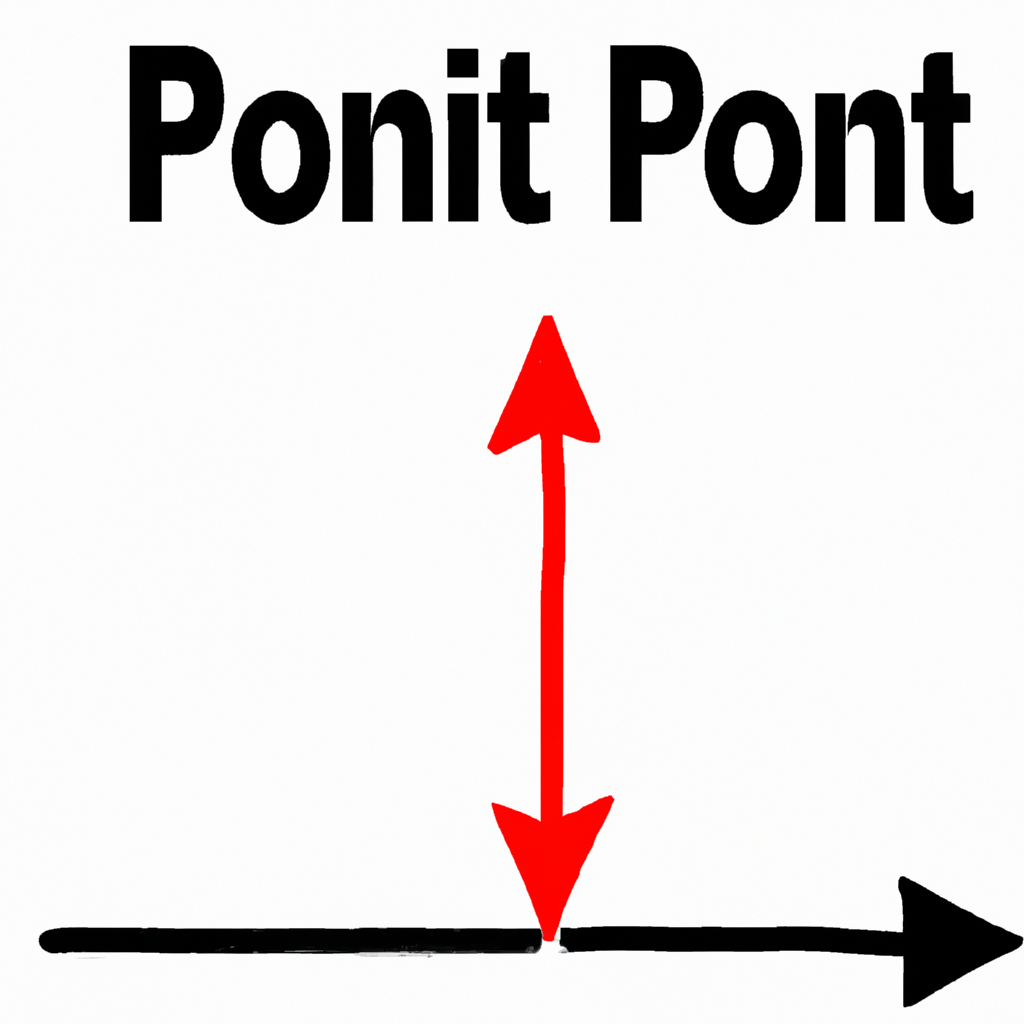Pivot Point Calculations: A Guide to Understanding and Using Pivot Points
Introduction
Pivot point calculations are a widely used tool in technical analysis to determine potential support and resistance levels in financial markets. Traders and analysts rely on pivot points to identify key price levels that can act as turning points for price action. In this article, we will delve into the concept of pivot point calculations and explore how they can be effectively utilized in trading strategies.
What are Pivot Points?
Pivot points are calculated based on the high, low, and close prices of a previous trading session. They represent potential areas where the market sentiment may change, causing prices to reverse or break through. Pivot points are particularly useful in volatile markets, as they provide a framework for traders to anticipate price movements and make informed trading decisions.
Types of Pivot Points
There are several types of pivot points commonly used by traders. The most widely used ones include:
1. Standard Pivot Points: These are calculated using the previous session’s high, low, and close prices. The central pivot point is the average of these three values, and additional support and resistance levels are derived from it.
2. Fibonacci Pivot Points: Fibonacci ratios, derived from the Fibonacci sequence, are applied to the high, low, and close prices of the previous session to calculate these pivot points. They are believed to provide more accurate support and resistance levels due to the inherent mathematical relationships.
3. Camarilla Pivot Points: This type of pivot points calculation emphasizes intra-day trading and provides multiple support and resistance levels. Camarilla pivot points are derived using a specific formula based on the previous day’s range.
How to Calculate Pivot Points
To calculate standard pivot points, follow these steps:
1. Determine the high, low, and close prices of the previous trading session.
2. Calculate the central pivot point by adding the high, low, and close prices and dividing the sum by 3.
3. Calculate the first level of support and resistance by multiplying the central pivot point by 2 and subtracting the low and high prices, respectively.
4. Calculate the second level of support and resistance by subtracting the low and high prices from the central pivot point and adding or subtracting the result from the central pivot point.
5. Calculate the third level of support and resistance by adding or subtracting the high and low prices from the central pivot point and multiplying the result by 2.
Using Pivot Points in Trading
Pivot points can be used in various ways to enhance trading strategies. Here are a few common applications:
1. Identifying Key Levels: Pivot points help identify significant support and resistance levels. Traders can use these levels to determine entry and exit points for trades, as well as to set stop-loss and take-profit levels.
2. Confirming Reversals: When price approaches a pivot point level, traders look for additional confirmation signals, such as candlestick patterns or indicators, to validate potential reversals. This can increase the probability of successful trades.
3. Scalping and Intraday Trading: Pivot points are popular among short-term traders as they provide clear reference points for quick trades. Traders can use pivot points to scalp small profits within the range of support and resistance levels.
Conclusion
Pivot point calculations are a valuable tool in technical analysis, enabling traders to identify potential support and resistance levels. By incorporating pivot points into their trading strategies, traders can enhance their decision-making process and improve the accuracy of their trades. However, it is important to remember that pivot points should not be used in isolation, but rather in conjunction with other technical indicators and analysis techniques to increase the chances of success.

